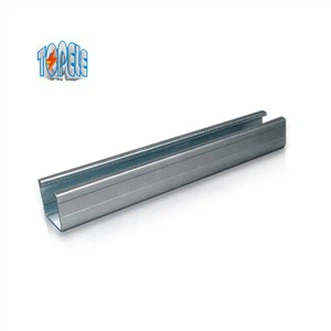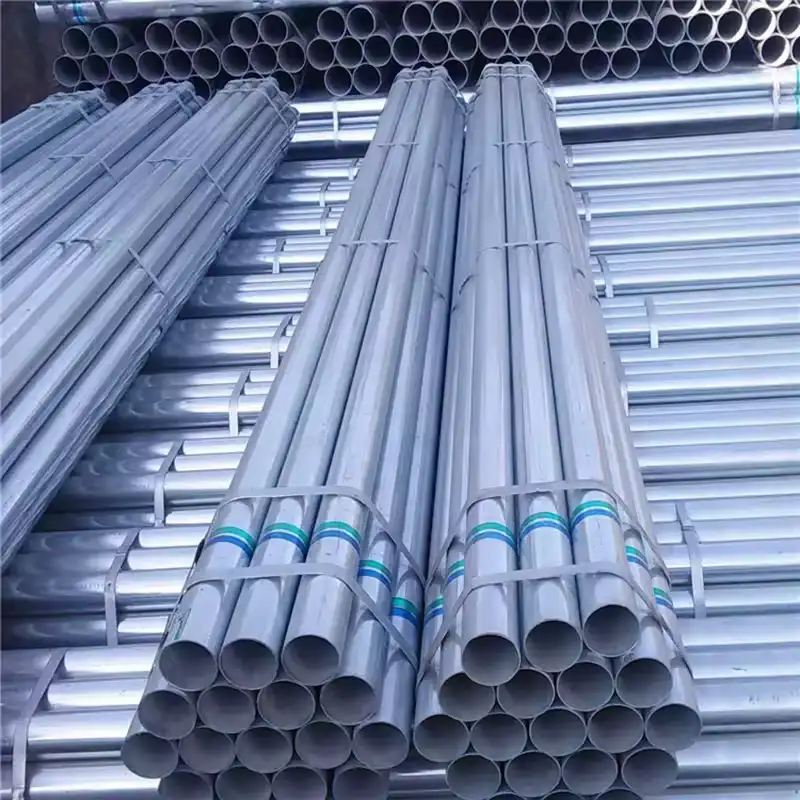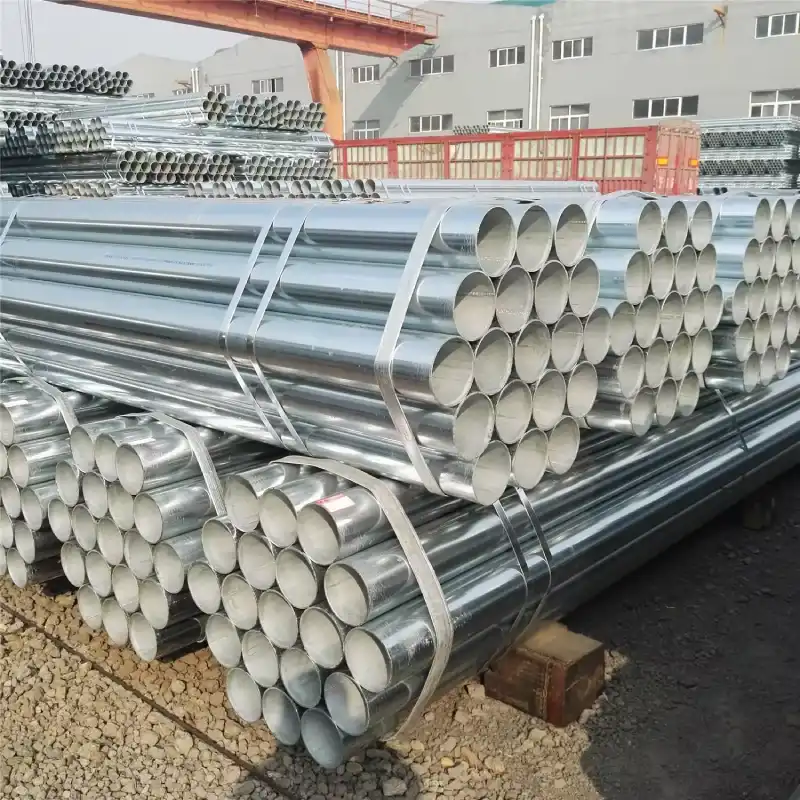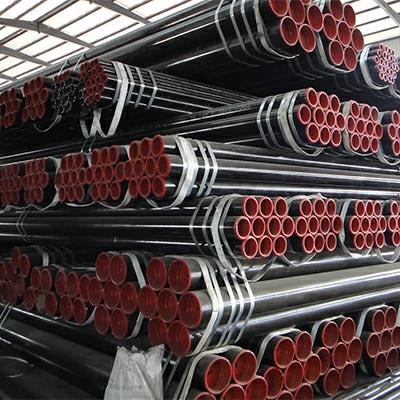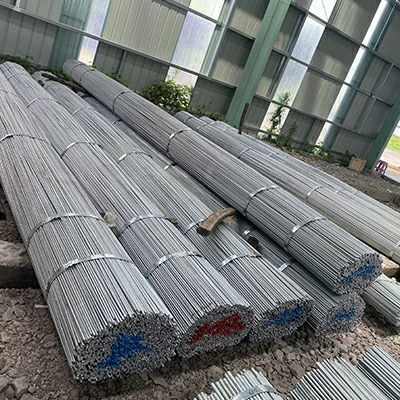Steel fiber reinforced concrete (SFRC) is a type of concrete that contains steel fibers, which are used to improve the mechanical properties of the concrete. We will explore the benefits and uses of SFRC, and discuss its advantages over traditional reinforced concrete.
Benefits of Steel Fiber Reinforced Concrete
The addition of steel fibers to concrete can bring several benefits, including:
- Improved strength: SFRC has a higher compressive strength than traditional reinforced concrete, making it suitable for structures that require high strength-to-weight ratios.
- Enhanced durability: The presence of steel fibers can reduce the porosity of the concrete, making it more resistant to corrosion and abrasion.
- Reduced cracking: Steel fibers can help to reduce the cracking of concrete, which can occur due to shrinkage or settlement.
- Improved ductility: SFRC has a higher ductility than traditional reinforced concrete, which makes it suitable for structures that are subjected to cyclic loading.
- Reduced maintenance: SFRC requires less maintenance than traditional reinforced concrete, as it is less prone to cracking and corrosion.
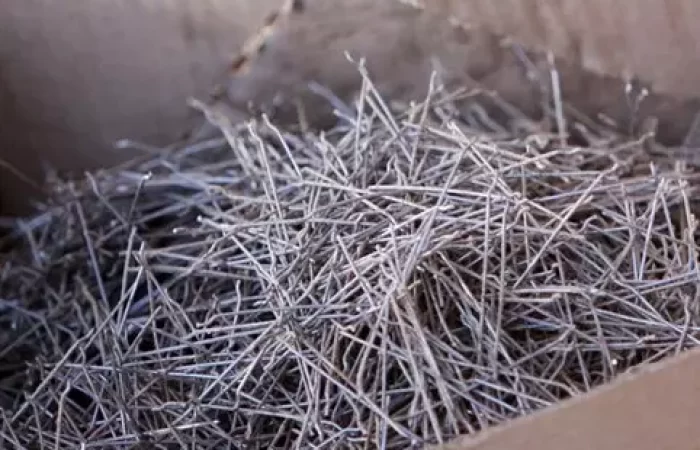
Uses of Steel Fiber Reinforced Concrete
SFRC is commonly used in a variety of structures, including:
- Bridges: SFRC is used in bridge decks, piers, and abutments, as it can withstand the high loads and stresses encountered in bridge construction.
- Buildings: SFRC is used in building foundations, walls, and floors, as it can provide high strength and durability.
- High-rise structures: SFRC is used in high-rise structures, as it can provide the required strength and ductility to resist wind and seismic loads.
- Infrastructure: SFRC is used in infrastructure projects, such as roads, airports, and water treatment plants, as it can provide high strength and durability.
- Marine structures: SFRC is used in marine structures, such as docks, piers, and breakwaters, as it can withstand the harsh marine environment.
Advantages of Steel Fiber Reinforced Concrete
SFRC has several advantages over traditional reinforced concrete, including:
- Improved durability: SFRC has a longer lifespan than traditional reinforced concrete, as it is less prone to corrosion and abrasion.
- Reduced construction time: SFRC can be placed and finished more quickly than traditional reinforced concrete, as it does not require the installation of reinforcing steel.
- Cost-effectiveness: SFRC is often less expensive than traditional reinforced concrete, as it requires less material and labor.
- Improved sustainability: SFRC has a lower carbon footprint than traditional reinforced concrete, as it requires less cement and energy to produce.

Conclusion
Steel fiber reinforced concrete is a versatile and durable material that can be used in a variety of structures. Its benefits, including improved strength, durability, and reduced maintenance, make it an attractive alternative to traditional reinforced concrete.
With its advantages in construction time, cost-effectiveness, and sustainability, SFRC is a valuable material for construction projects.
